歡迎訪問濟(jì)南科爾超聲波設備有限公司網站!
 91污_91污视频_91免费视频污_91视频污下载
91污_91污视频_91免费视频污_91视频污下载

新聞資訊
超聲波清(qīng)洗機空化效應原理介紹
作者:admin來源:http://www.ahfanglei.com/時(shí)間:2023-09-18
超聲波清洗機的工作原理主要是通過超聲波換能器,將功率超聲(shēng)頻源的聲能轉換成機械振動(dòng),通過(guò)清洗槽壁將超聲(shēng)波輻射到槽子(zǐ)中的清洗液。由於受到超(chāo)聲波的輻射,使(shǐ)槽內液體中的微氣(qì)泡能夠在聲波的作用下從(cóng)而保持振動。破(pò)壞汙物與清洗件表麵的吸附,引起汙物層的疲(pí)勞破壞而被駁離,氣(qì)體型氣泡的振動對固體表麵進行清潔。
The working principle of an ultrasonic cleaning machine is mainly to convert the sound energy of a power ultrasonic frequency source into mechanical vibration through an ultrasonic transducer, and to radiate ultrasonic waves into the cleaning solution in the tank through the cleaning tank wall. Due to the radiation of ultrasound, the microbubbles in the liquid in the tank can maintain vibration under the action of sound waves. Destroy the adsorption of dirt on the surface of the cleaning part, causing fatigue damage to the dirt layer and being detached. The vibration of gas bubbles cleans the solid surface.
所以,通過超聲波清洗機原理(lǐ)的(de)簡單描述,91污知道超聲(shēng)波清(qīng)洗機其實是一種物理清洗方式。
So, through a simple description of the principle of ultrasonic cleaning machines, we know that ultrasonic cleaning machines are actually a physical cleaning method.
當在(zài)超聲波清洗機工(gōng)作(zuò)時,液體中發射(shè)足夠大的超聲能量時,超聲波頻率的振動(dòng)被添加(jiā)到清洗液體中,並且液體的(de)內部將被(bèi)利用和壓縮,當(dāng)液體被(bèi)利用時,將產生(shēng)氣泡,並且當液體被壓縮時,氣泡將被壓縮,它(tā)會被粉碎和(hé)破(pò)碎,這便發生了著名的“超聲波空(kōng)化效(xiào)應”,其實超聲(shēng)波就是通過空化效應來達到除油去汙的效果。
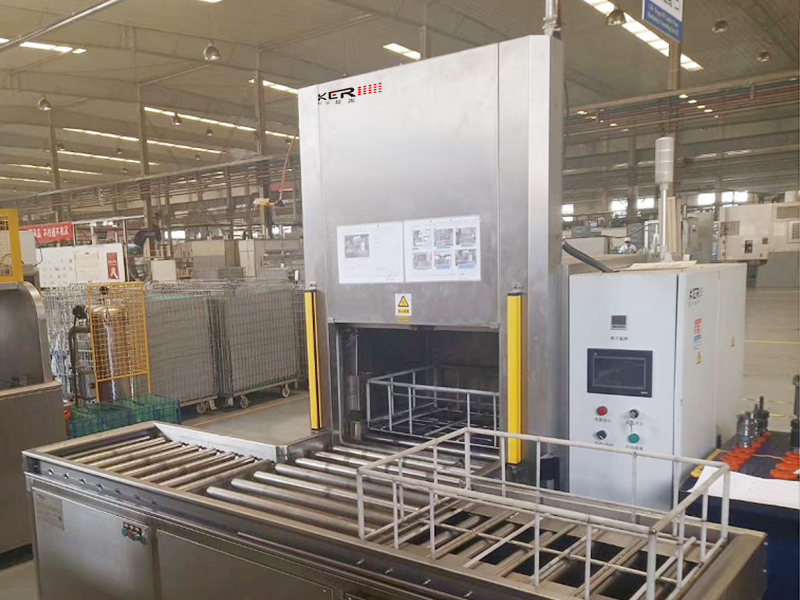

When working in an ultrasonic cleaning machine, when sufficient ultrasonic energy is emitted from the liquid, the vibration of the ultrasonic frequency is added to the cleaning liquid, and the interior of the liquid will be utilized and compressed. When the liquid is utilized, bubbles will be generated, and when the liquid is compressed, the bubbles will be compressed, which will be crushed and broken, resulting in the famous "ultrasonic cavitation effect", In fact, ultrasound achieves the effect of oil and dirt removal through cavitation effect.
通過實驗表明,采用超聲波清洗技術,可以獲得滲透和蒸汽和刷子,更好地清洗清洗效果,使(shǐ)用超(chāo)聲波達到清洗目的,需要有一個容器(qì)和清(qīng)洗溶液、超(chāo)聲(shēng)波換能器、超聲波電源,超聲換能器是產(chǎn)生超超聲波的部件,其用於驅動(dòng)超聲換能器以向超超聲波提供功率,所以超聲波換(huàn)能器(qì)相當(dāng)於整個超聲波清洗設備中的核心大(dà)腦(nǎo),它的工作(zuò)頻率和產品質量對清洗效果有著決定作用(yòng)。
Through experiments, it has been shown that the use of ultrasonic cleaning technology can achieve penetration, steam, and brushes, resulting in better cleaning effects. To achieve the cleaning purpose, using ultrasonic waves requires a container and cleaning solution, an ultrasonic transducer, and an ultrasonic power supply. Ultrasonic transducers are components that produce ultrasound waves, which are used to drive ultrasonic transducers to provide power to ultrasound waves, So an ultrasonic transducer is equivalent to the core brain of the entire ultrasonic cleaning equipment, and its working frequency and product quality have a decisive effect on the cleaning effect.
當91污明白了超聲波(bō)清(qīng)洗機的原理和以上的原(yuán)理(lǐ)圖解後,便就可以知道超聲波清洗技術是指利用超聲波的空化作用對物體表麵上的汙物進行撞擊、剝離,以達到清(qīng)洗目的。它具有清洗潔淨度(dù)高、清洗速度快等特點。特別是對盲孔和各(gè)種幾何狀物體,獨有其(qí)他清洗手段所無法達到的(de)洗淨效果。
Once we understand the principle of ultrasonic cleaning machines and the above schematic, we can know that ultrasonic cleaning technology refers to the use of the cavitation effect of ultrasound to impact and peel off dirt on the surface of objects, in order to achieve the cleaning purpose. It has the characteristics of high cleaning cleanliness and fast cleaning speed. Especially for blind holes and various geometric objects, unique cleaning methods cannot achieve cleaning effects.
推薦產品
推薦(jiàn)文章
 公司:濟南科爾超(chāo)聲波設備有限公司
公司:濟南科爾超(chāo)聲波設備有限公司  熱線:18663767799
熱線:18663767799 地(dì)址:山東省濟南市濟陽區創業路與啟航(háng)街交叉口南(nán)40米
地(dì)址:山東省濟南市濟陽區創業路與啟航(háng)街交叉口南(nán)40米





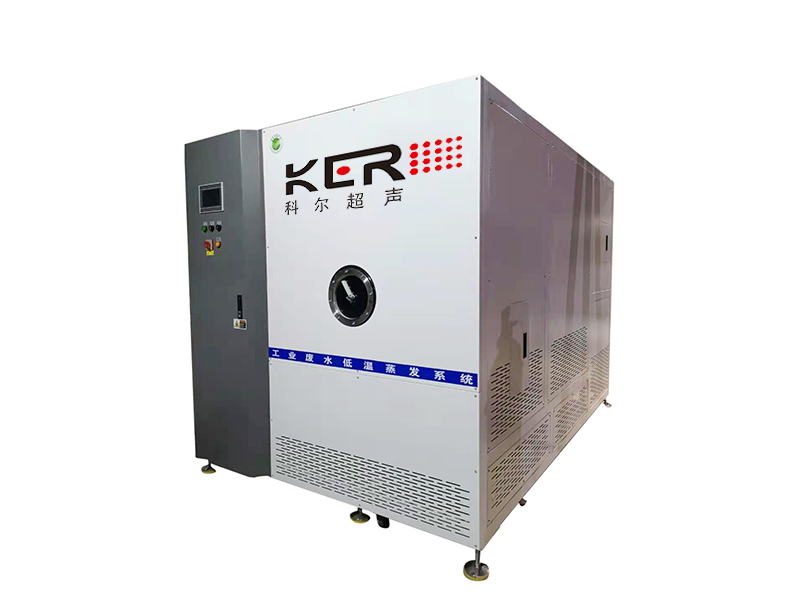
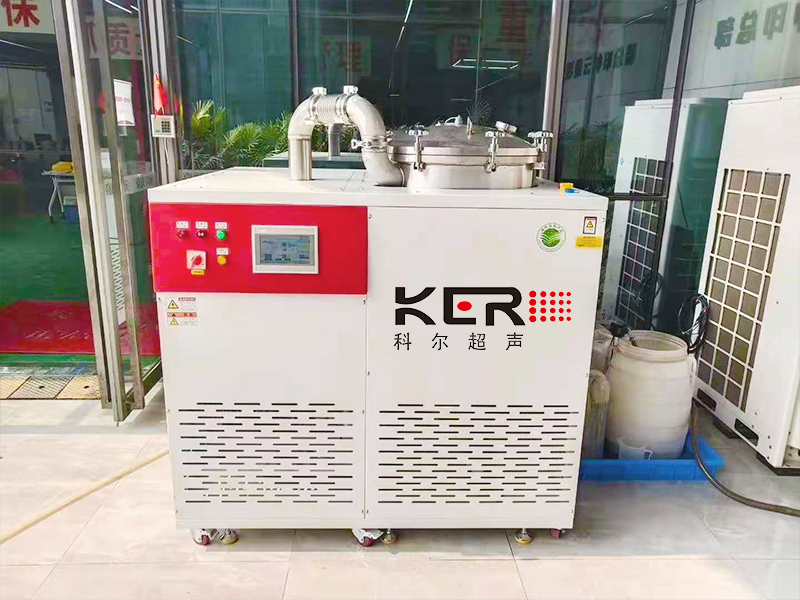
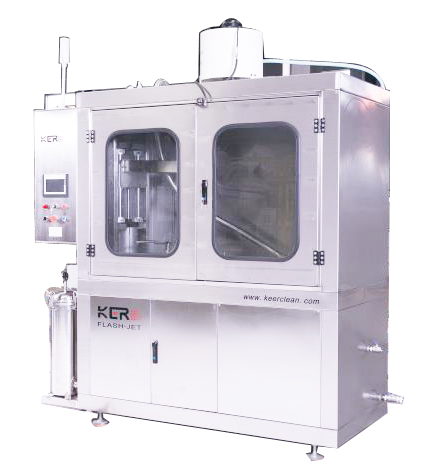
 新聞資訊
新聞資訊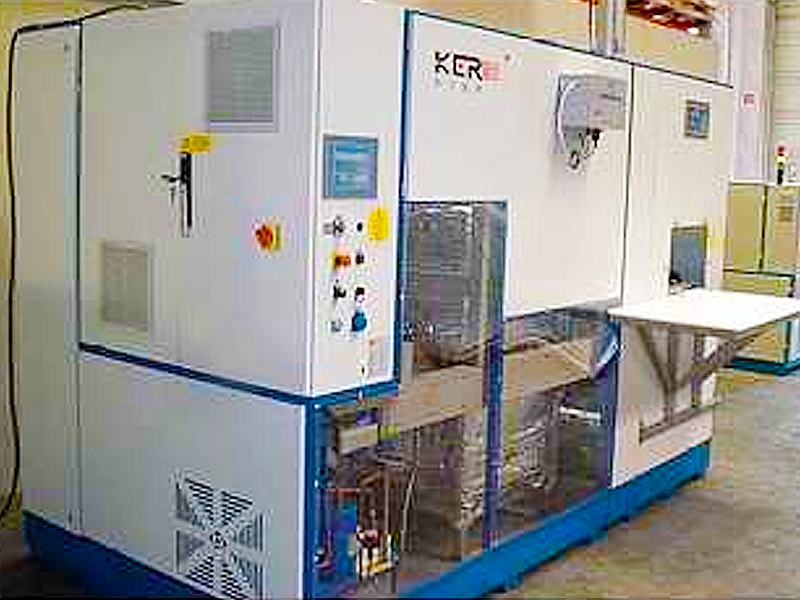
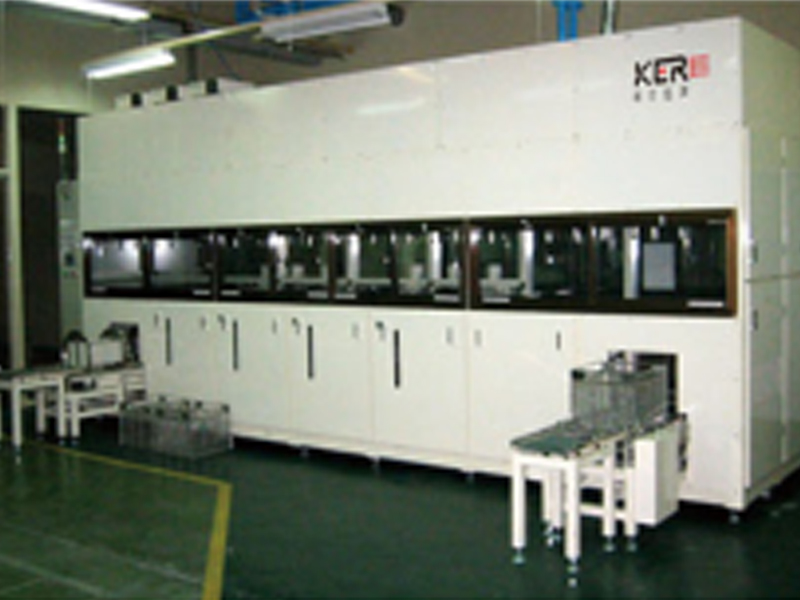
 聯係91污
聯係91污
 谘詢電話:18663767799
谘詢電話:18663767799 E-MAIL:jnkergs@163.com
E-MAIL:jnkergs@163.com 地址:山東省濟南市濟陽區創業路與啟航(háng)街交叉口南40米
地址:山東省濟南市濟陽區創業路與啟航(háng)街交叉口南40米 魯公網安備 37011202001385號
魯公網安備 37011202001385號
